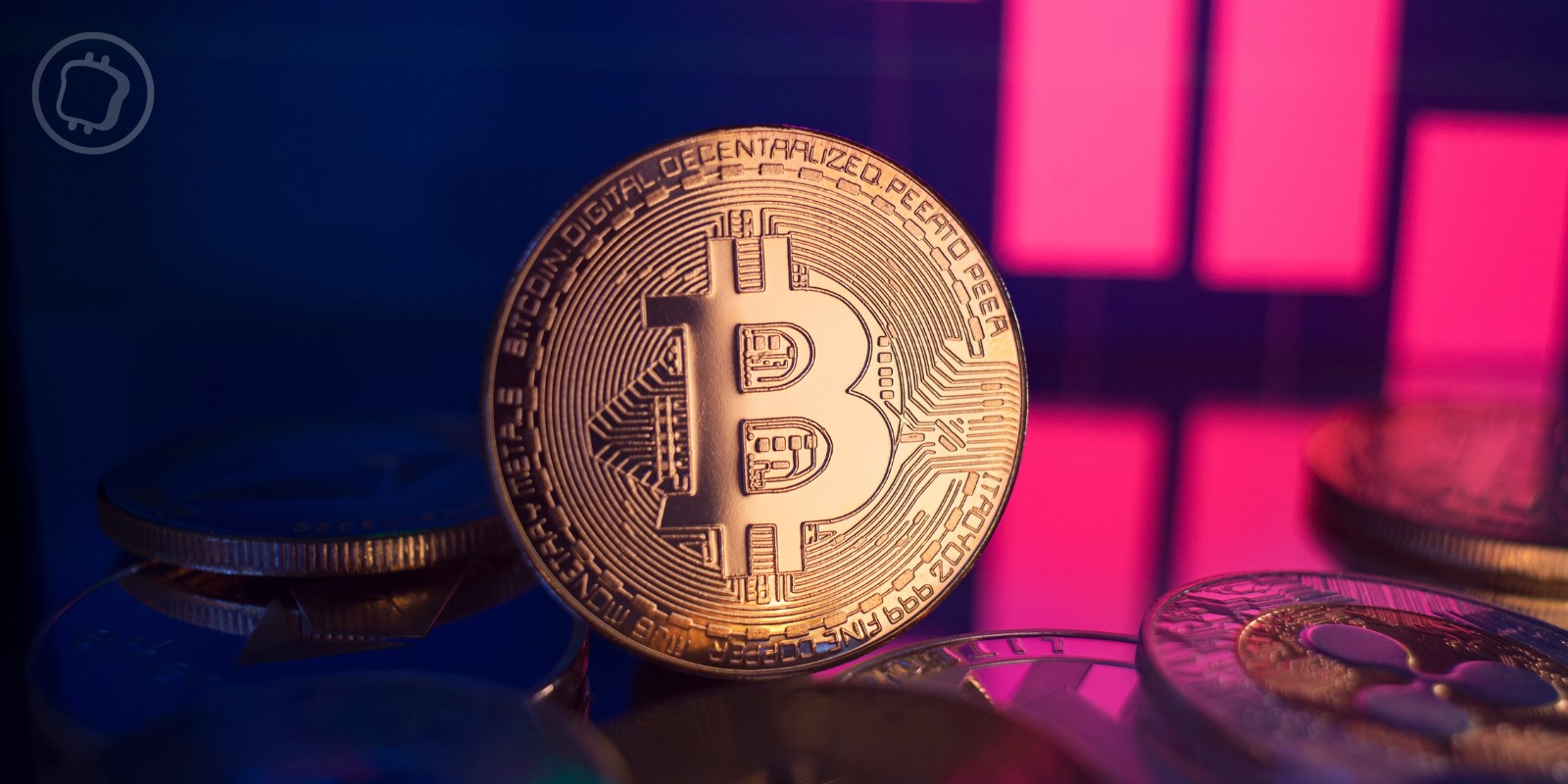The Spanish stock market has surged to its highest point since January 2018. Despite historical summer volatility, positive economic indicators and attractive valuations suggest potential resilience ahead.
Spain’s stock market, tracked by the IBEX 35 Index, climbed 5% in the first two weeks of March, showcasing a 20% increase from a year ago. The rally was propelled by standout performances from leading corporations and the vibrant health of Spain’s economy.
Spanish corporates enjoy strong momentum
A significant driver of this recent upswing is Inditex, the conglomerate behind iconic fashion brands such as Zara, Massimo Dutti, Bershka, and Pull&Bear, which constitutes 14% of the IBEX 35. The fashion titan reported a historic net profit of €5.4 billion for the fiscal year 2023, marking a 30.3% increase from the prior year. This announcement propelled Inditex’s shares to soar over 7%, reaching new all-time highs.
The Spanish banking sector, which makes up to a nearly third of the IBEX 35, has also contributed to the boost, with major players like BBVA, Banco Sabadell, and Caixabank S.A., seeing their shares up 25%, 21%, and 19% year to date, respectively. The growth is largely driven by higher interest margins, because of the euro area’s higher interest rates.
Spain’s economy signals expansion, healthy financial metrics
On the macroeconomic front, Spain outperformed the stagnant eurozone by achieving 0.6% growth in the last quarter of 2023. Additionally, Spain stood out for its robust job creation rate compared with other European nations during the same time frame.
In February, the private sector in Spain, including both services and manufacturing, showed strong growth. The Services PMI escalated to 54.7, indicating the quickest growth in nine months, while the Manufacturing PMI increased to 51.5, marking the first expansion in a year.
Retail sales have experienced consistent growth for 14 consecutive months, when measured in a year-on-year basis, unemployment has dropped to its lowest level since 2008, and annual inflation decreased to 2.8% in February 2024, the lowest in six months.
These indicators underscore growing confidence in the Spanish financial system, as evidenced by the narrow gap between Spanish and German bond yields. The yield on a 10-year Bonos is merely 78 basis points higher than that of a German bund, the smallest gap since January 2022 and well below historical averages.
Tourism has fully recovered from the pandemic slump, with the number of tourists last summer matching the levels of 2019. About 20.2 million tourists visited Spain in July and August 2023, and this number could climb higher in the upcoming summer, potentially beating the record set in 2017.
Spanish stocks: Sell in May and go away?
Contrary to popular beliefs, summer months have not been traditionally favourable for the IBEX 35, with the index historically showing a decline from May to September, and June often being the most challenging month, with a 2.3% average drop for the last 33 observations.
Spanish stocks tend to rally post-summer, with October, November, and December historically displaying positive monthly returns on average.
Despite these seasonal headwinds, the prevailing positive momentum and attractive valuation metrics — with the Spanish stock market trading at a price-to-earnings (PE) ratio of 11.5x, well below its three-year average of 18.6x, and a price-to-sales ratio sitting below 1, nearing record lows— offer a counter-narrative.
As Spanish stocks navigate through these dynamics, only time will reveal whether the summer curse can be averted, allowing the IBEX 35 to bask in its current fiesta.








